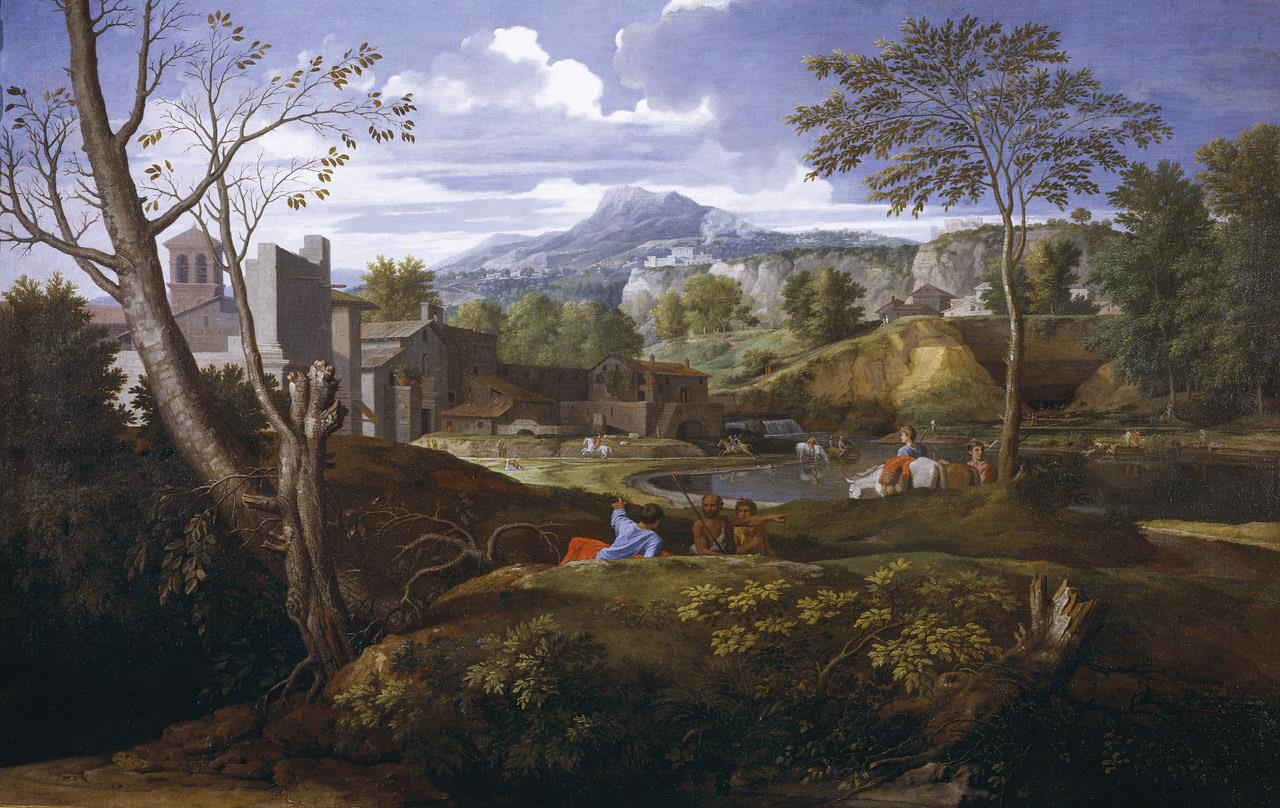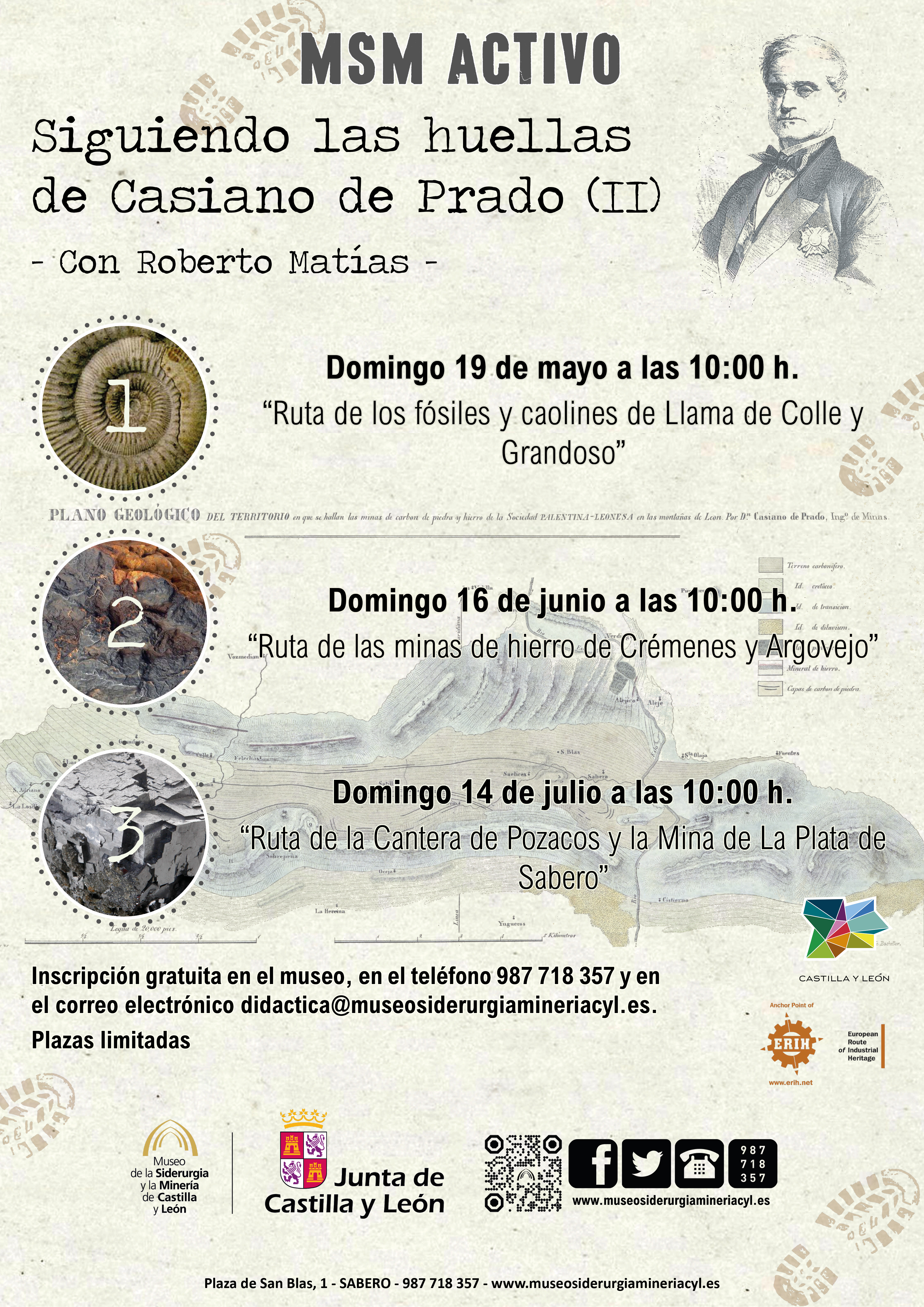Casiano Del Prado
Casiano de Prado y Vallo (1797-1866) Arqueología y Política en la España romántica Jorge Maier Allende Zurbarán 17, Madrid José Martínez Peñarroya Alcalde Saínz de Baranda 109, Madrid RESUMEN ABSTRACT Coincidiendo con el bicentenario del nacimiento de uno de los principales pioneros de la Prehistoria y Arqueología. Syntax; Advanced Search; New. All new items; Books; Journal articles; Manuscripts; Topics. All Categories; Metaphysics and Epistemology. Flickr photos, groups, and tags related to the 'casiano' Flickr tag.
Retrat de Casiano de Prado y Vallo, en una il·lustració del segle XIX | |||
| Upload media | |||
| Date of birth | 13 August 1797 Santiago de Compostela | ||
|---|---|---|---|
| Date of death | 4 July 1866 Madrid | ||
| Country of citizenship | |||
| Educated at | |||
| Occupation | |||
| Member of |
| ||
| Position held | |||
| |||



Media in category 'Casiano de Prado'
The following 2 files are in this category, out of 2 total.
- Casiano de Prado.jpg439 × 593; 112 KB
- Mapa de la provincia de Madrid.jpg600 × 737; 101 KB

Geologist and Spanish engineer born in Santiago de Compostela on 13 August 1797 and died in Madrid on July 4, 1866.
Life
Del Prado Museum
He was son of the architect Melchor Prado who tried to induce him to pursue his own career. Casiano del Prado made his first studies of mathematics at the University of Santiago, where he/she was school-fellow of Ramón de la Sagra, already by then dump to the natural sciences, fans who came to share. His fledgling career was truncated by the time be sentenced December 3, 1817 by the Holy Office, charged with the reading of banned books. Almost year and a half remained in jail, which was radical. In 1820 he/she published an anonymous article on his inquisitorial experience, with the title of 'a black hole of the Inquisition of Santiago by one that had inhabited it shortly before'visit. He/She was a second lieutenant of the MN in La Coruña. In 1823 he/she defended with weapons the liberal regime, so it was declared after benemérito of the homeland. From 1823 the political behaviour of meadow was very ambiguous, particularly in the 1940s. In 1828, he/she traveled to Madrid, willing to follow his father's footsteps, but apparently under the influence of Jacobo María de Parga finally decided to get into the school of mines, enrolling in the course of Mineralogy of José hard and Garces. Thus, in 1834 he/she made membership in the Corps of engineers of mines, first bound in quality of librarian in the General direction. At that time, and then repeatedly, meadow showed their interest in further studies abroad, which never got: when for the first time crossed the border was already a consecrated figure.
He served as meadow of inspector of mines in Aragon and Catalonia in 1835 and later, already in 1841 served as equal in the stain, with a brief hiatus in which he/she was prosecuted for his work as editor of the Tarraconense. Took later the direction of the mines of Almadén (1841), where he/she was again prosecuted in 1843 without that it has never come to know the causes, despite his insistence in figuring out them. Tired of this persecution he/she renounced mines body in 1844, although it requested and obtained re-entry in 1848, working at Rio Tinto. He/She published several reports on the Almadén mines in 1846, 1848, 1854, and 1856. In reality, the career of Prado straightened in 1849 when he/she was appointed member of the Committee on the geological map, because it allowed him to more scientific than the previous tasks. Thereafter he/she devoted himself with enthusiasm to field work, touring painstakingly various Spanish provinces. In this sense it was contrary to the division of geological map in provinces and favorable consideration consistent with geological features, which do not recognize the arbitrary administrative distribution.

When the Spanish Government requested the presence of Philippe Verneuil and Edouard Lartet French geologists in order to get a map 1:1 000.000, which should be integrated with the rest of Europe, also appointed Casiano de el Prado as Spanish link. In a few days expressed that his presence was unnecessary in Spain in view of the preparation of the Spanish technicians. However, Verneuil visited frequently Spain between 1843 and 1868, both Prado as Juan Vilanova y Piera were scientists who benefit most with their presence, and under his leadership they trained in Paleontology and prehistoric Sciences, in which both highlighted Vilanova.
In may 1866 he/she made an inspection visit to Huelva and from there moved to the Canary Islands, where he/she contracted a disease (cancer Erysipelas) that already not replenished. Casiano de el Prado is one of the most renowned geologists of 19th-century Spanish and one of the most representative. Highlight its double condition of geologist and mining engineer, first with a long dedication to the exploitation of mines and the location of sites. Secondly, his political connections, causing numerous ups and downs in his career. Very different missions prevented him from also focus on a continued scientific work. In addition to the reviewed highlights one made in Palencia to inform about the establishment of railroads, the acknowledgment of the course of the Lozoya to determine the location of water to Madrid and many others. In terms of field work, should quote the scholarly study of data collection in several Spanish provinces, counting as his most outstanding work corresponding to the province of Madrid. The originality of Prado is being one of the first growers of paleontology and a study of Earth dynamics, which made insightful comments about the erratic blocks of the Cantabrian mountains.
Bibliography.
Sources.
Casiano Del Prado Puerto
A vindication of the geology, E. Aguado, 1855. Minas de Almadén, Madrid, E. Aguado, 1848. Water reservoir formed with the Lozoya..., Madrid, widow of A. Yenes, 1858. Earthquakes in the province of Almeria, scientific journal of the Ministry of public works, 3 (1863), 529-593.
Studies.
Casiano Del Prado Puerto
MAFFEI, e. and RUA FIGUEROA, r. Notes for a Spanish library of books, pamphlets and articles, printed and manuscripts relating to knowledge and exploitation of the mineral riches and auxiliary Sciences. Madrid, J.M Lapuente, 1871-1872. Vol. II, pp. 53-61.MALLADA AND PUEYO, L. Progress the geology in Spain during the 19th century (entry in the Royal Academy of Sciences presentation), Madrid, L. Aguado, 1897.FALLOT, P. Les Progrès de géologie en Espagne depuis cent ans, memoirs of the Royal Academy of exact, physical and natural sciences, series 2, no. XI (1950), 1125-155. VV. AA. encyclopedia Universal enlightened European American. Barcelona-Madrid, Espasa-Calpe, 1905-1933, vol. XLVI, pp. 1.214-1,216 López PIÑERO, J. M., Thomas F. Glick, Navarro Brotons, V., Portela frame, e.: Historical Dictionary of the modern science in Spain. Barcelona 1983, two vols.PALAU and DULCET, a.: Manual of Hispanic-American bookseller, 2nd ed. Barcelona 1948-1977.
Casiano Del Prado De
Eugenio PORTELA framework